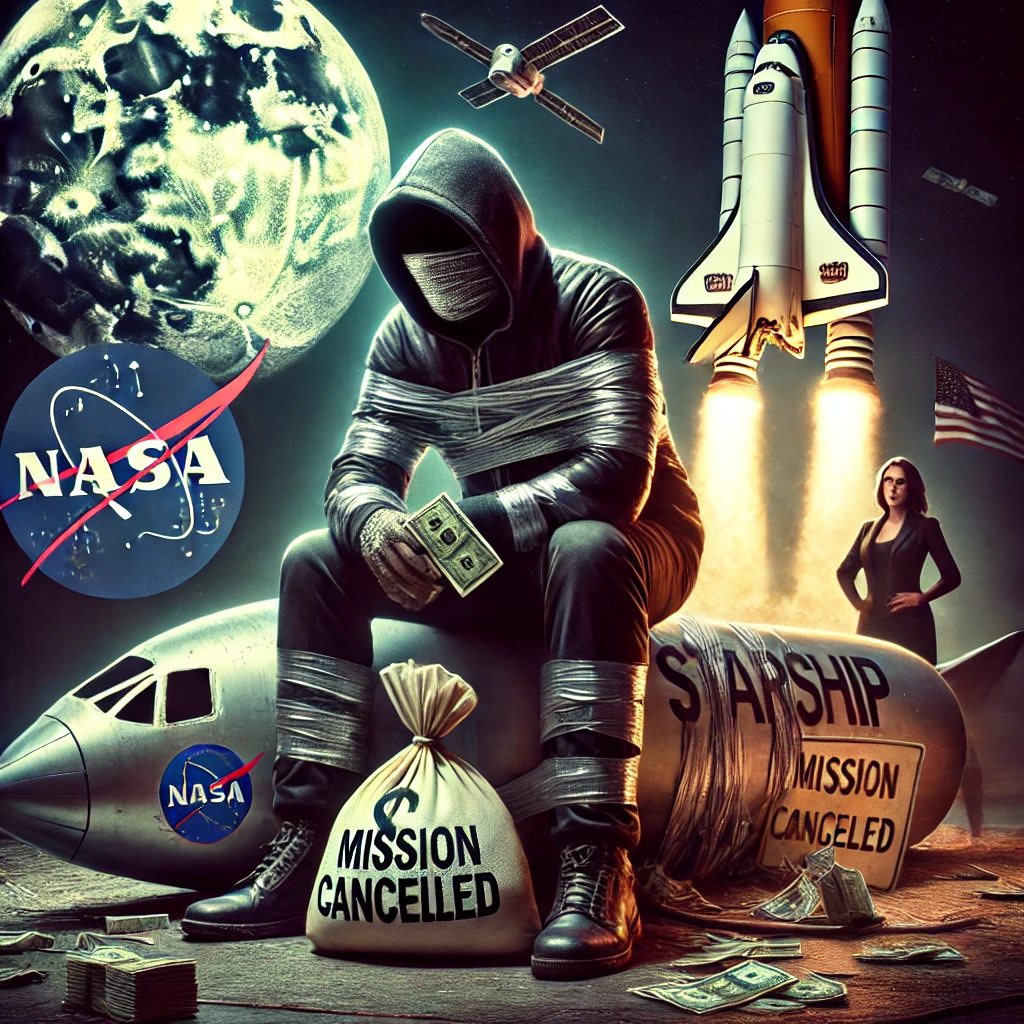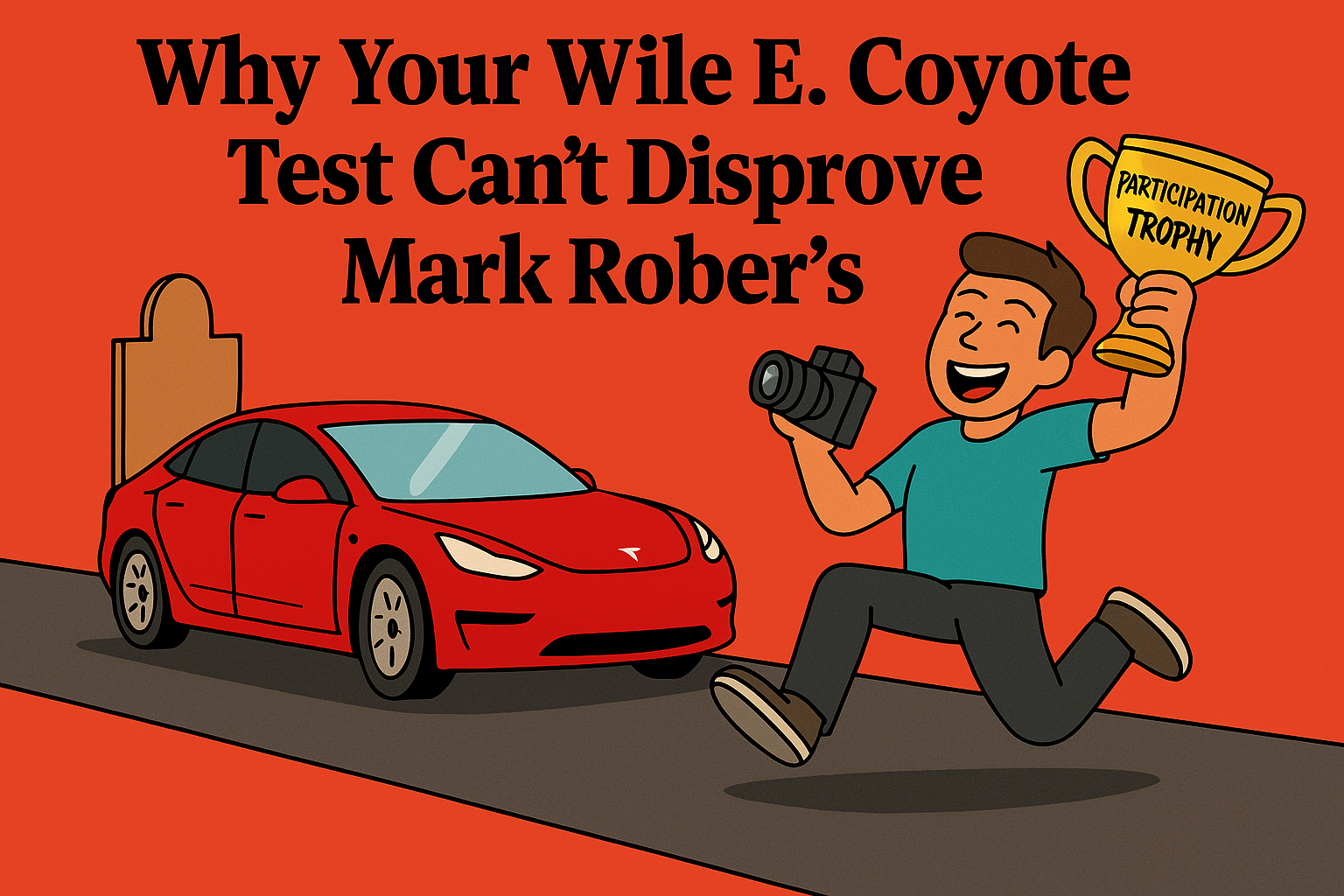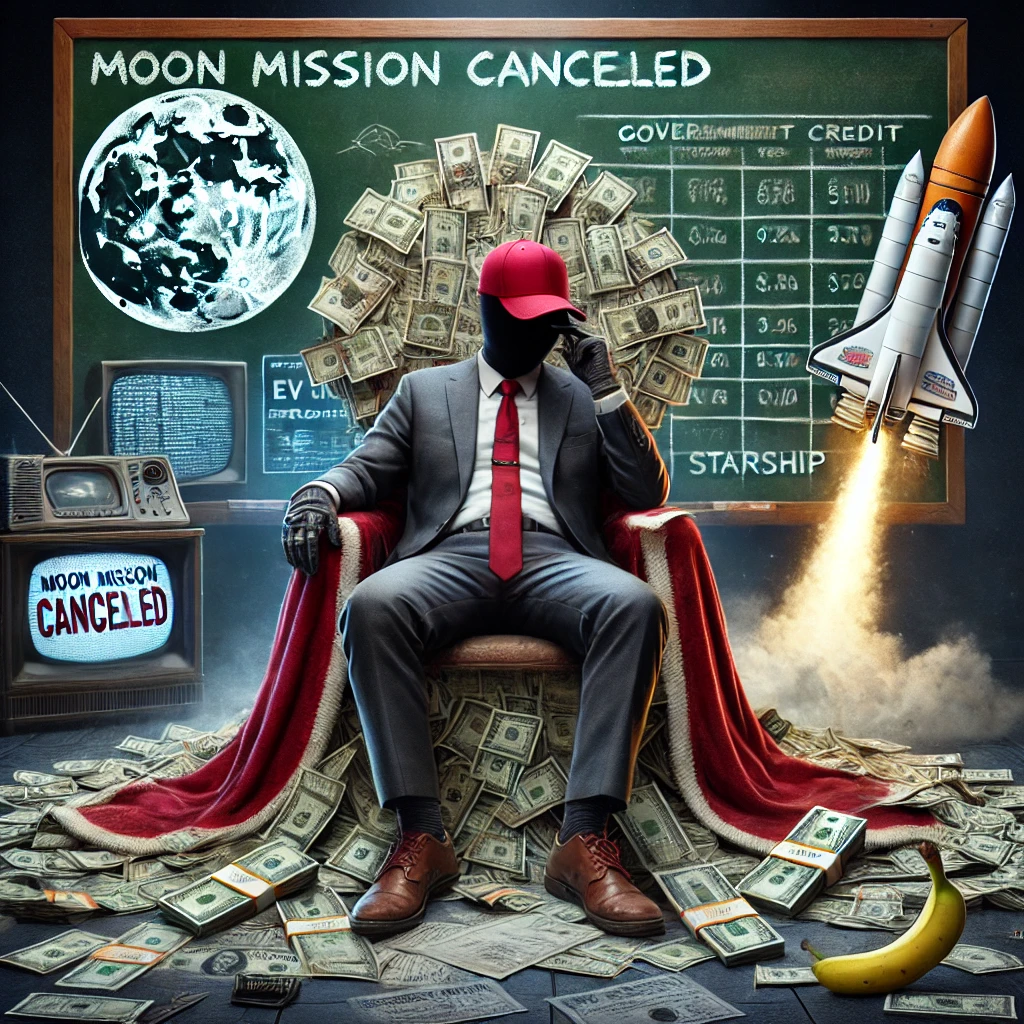
Elon Musk wants you to believe that Tesla is on the verge of transforming transportation with autonomous RoboTaxis. In June, he’s expected to reveal… something. Probably a recycled render or another promise with no delivery date. But here’s the truth: the RoboTaxi concept — at least the way Musk sells it — doesn’t just have limited upside. It may have negative value for Tesla, investors, and society.
Let’s start with the basics: Waymo already exists. It’s quietly operating in cities like Phoenix, San Francisco, and now Los Angeles, with millions of miles driven autonomously and actual paying customers. Waymo’s cars have better sensors, better software, and a lower crash rate. And they don’t kill people at anything close to Tesla’s rate.
So why would any rational person ever get into a Tesla RoboTaxi?
They wouldn’t. Or if they did, it’d be out of ignorance or desperation — not trust.
Tesla still can’t even deliver safe driver assistance. Their Full Self-Driving (FSD) system — which Musk has been promising since 2016 — can barely go 100 miles without needing human intervention. That’s by their own numbers. The term they use is “disengagement,” and even with driver monitoring, Tesla vehicles remain at the top of the fatality charts. So imagine removing the human entirely — and trusting the car, or worse, a remote human, to drive.
Yes, Musk has floated remote operation as a fallback. So if the car gets confused (which it will), someone from a call center might jump in and drive it like it’s a video game. Picture that. Someone earning $17/hour if you’re lucky, controlling your vehicle from 2,000 miles away, possibly buzzed or distracted, with no personal risk if things go south. What incentive do they have to truly drive defensively? Not their own life, like every other driver ever.
That’s not safer than a taxi. That’s a lawsuit farm.
And here’s the kicker: even if Tesla could launch RoboTaxis, they’re no longer selling you a $40,000–$60,000 vehicle. They’re just selling rides. So even in the best case, revenue per customer plummets. The margins shrink. And any profit potential gets obliterated by the skyrocketing legal liability when — not if — someone dies.
That’s not theoretical. It’s already happening. Tesla is under investigation for over a dozen fatal crashes involving Autopilot. Piling on more autonomy — with no LiDAR, no geofencing, no safety driver — is insanity.
But beyond the safety risk, there’s an even more fundamental failure: opportunity cost.
Instead of building the $25,000 car that was promised in 2020 (and again in 2023), Tesla is blowing R&D and production capacity on an idea that can’t work — unless you ignore all technical, legal, and ethical realities. They’ve missed their moment. They could’ve made affordable EVs. They could’ve made safe, simple transportation. Instead, they’re building Cybertrucks that don’t fit in parking spaces and burning cash on a RoboTaxi pipe dream.
Why? Maybe because the EV tax credits are drying up. Maybe because Musk knows Tesla can’t make money selling cars without government help — unless he wraps them in a fantasy about AI, autonomy, and an Uber-free future.
So now the story has shifted: You don’t get a car anymore. You get a share. You get access. You get a ride — maybe. If the AI feels like it.
It’s not just that RoboTaxis won’t work. It’s that pursuing them will actively harm Tesla’s financials, brand, and customers. It’s a giant sinkhole, dressed up as innovation.
And deep down, Elon Musk knows it. Musk lives bubble to bubble.
Discover more from
Subscribe to get the latest posts sent to your email.




